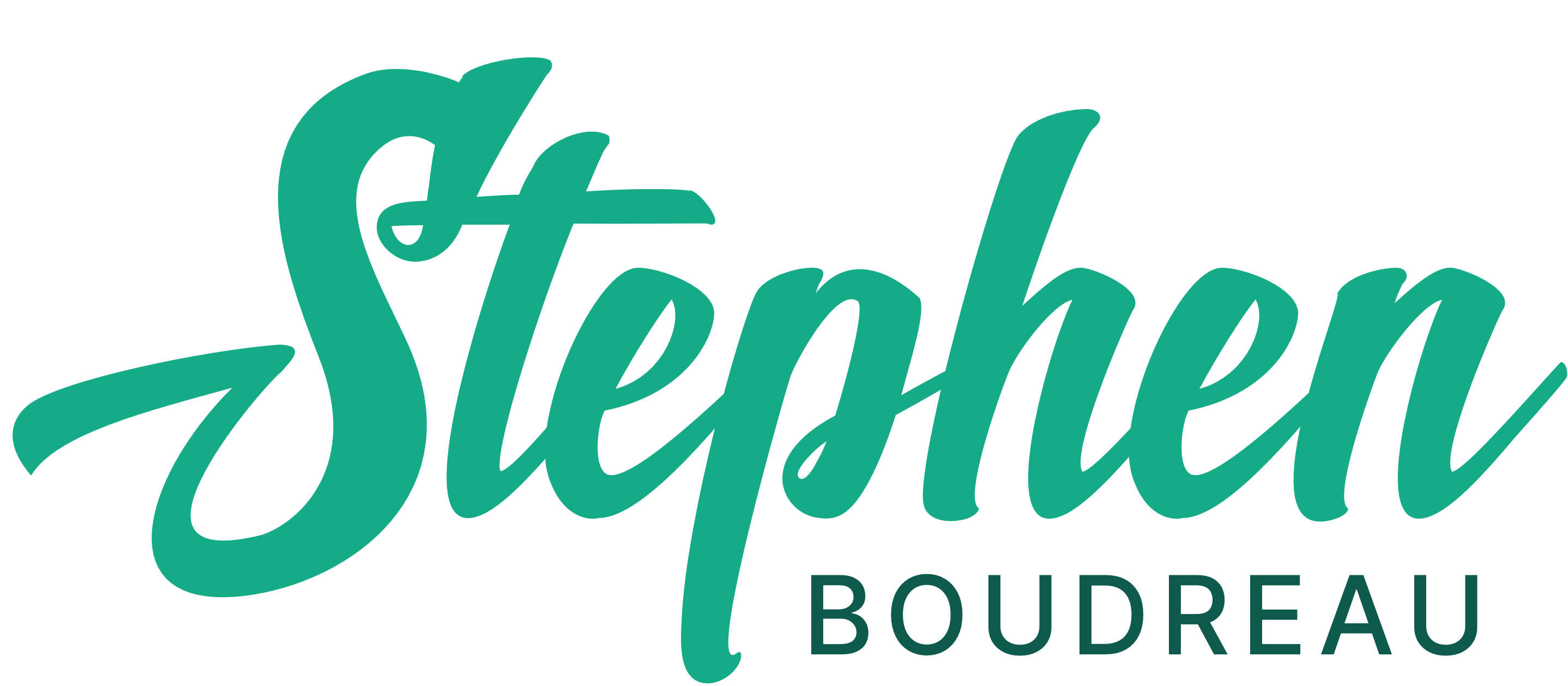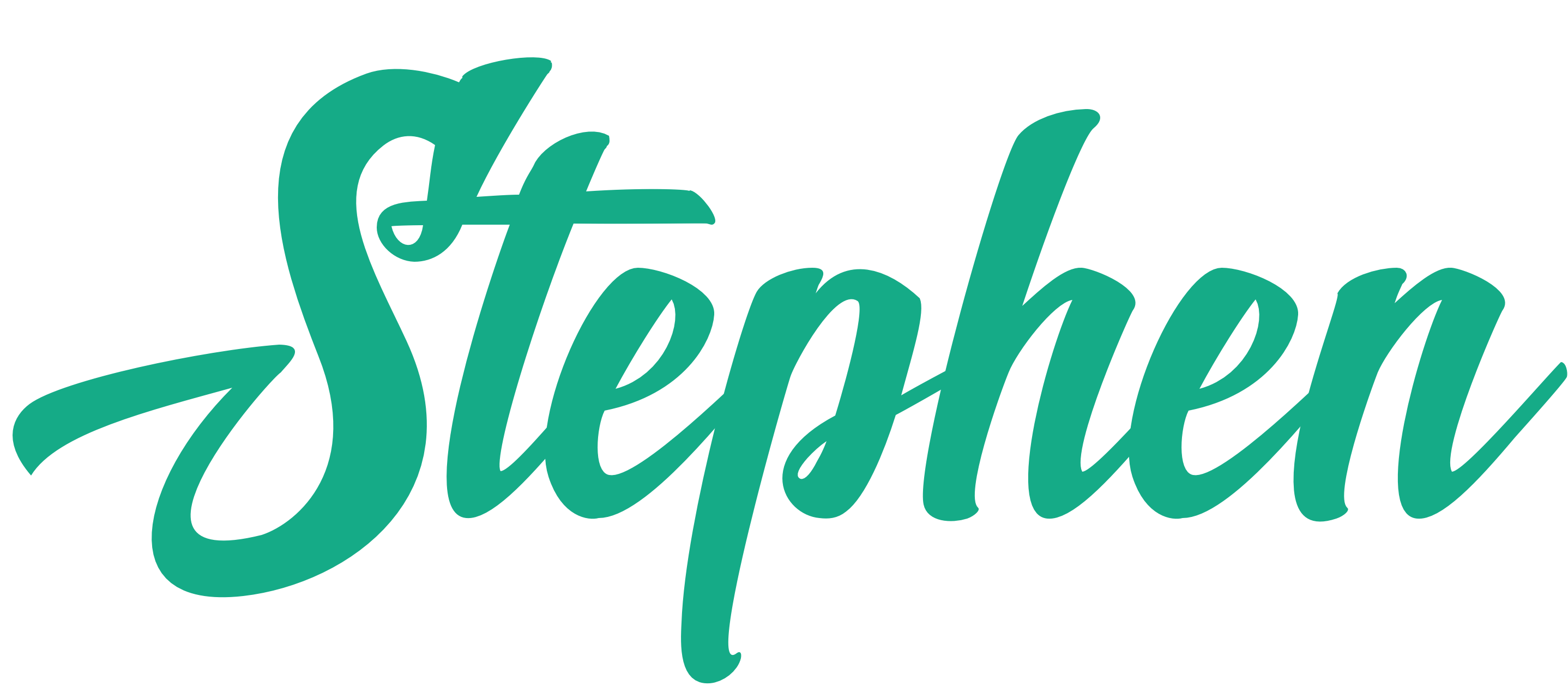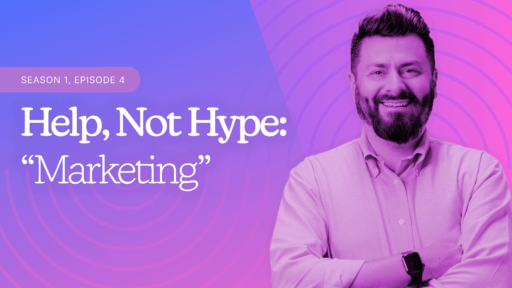“Every science requires a special language because every science has its own ideas.”
Étienne Bonnot de Condillac
On a bright Monday morning, the smell of burnt office coffee—corporate life’s version of air freshener—began its daily crawl through the hallways. Maria, a fresh-faced product marketer, was gearing up for her first big presentation. Her audience? Not the marketing team—no, she was facing a group of seasoned engineers, more fluent in Python code than market strategies.
As she hooked up her laptop to the projector, the room filled with the muffled sounds of shuffling papers and polite, if not slightly disinterested, murmurs. These were people who spoke in the tongues of algorithms and data structures, not consumer engagement and brand awareness. Maria’s challenge was not just to present her findings but to translate them from her world to theirs.
She began with gusto, “Today, we’re going to be discussing how we’ll streamline our go-to-market strategy with an optimized, end-to-end user journey to enhance our conversion pipeline.” The room blinked back at her. It was a look Maria knew well—polite incomprehension masked as attention. Her words, while perfectly fine in the marketing bubble, hit the room like a book club trying to discuss Shakespeare with a pack of border collies—fascinating, sure, but mostly met with polite confusion.
Realizing her words were landing with all the grace of a lead balloon, Maria quickly pivoted. “What I mean is, we’re going to look at how we can sharpen our marketing focus and make the user experience smoother, so it’s easier for people to sign up and stick around.”
The shift was subtle but significant. Suddenly, eyebrows went up—not in confusion this time, but in that “Ah, now we get it” kind of way. Nods took the place of those glazed-over stares. Maria had translated her specialized marketing jargon into a language her engineering colleagues could grasp. It wasn’t about dumbing down her ideas—it was about making them accessible.
This was one of those rare, shining moments of clarity—a small but significant bridge built over the troubled waters of Schmarketing—the impenetrable jargon that too often drowns meaningful communication. As Maria found, such specialized language can alienate as much as it elucidates, turning potential collaborative bridges into walls.
Maria’s experience in that meeting room is a microcosm of every interaction in the business world. Whether you’re detailing a project plan, compiling a report, or launching a marketing campaign, each effort is fundamentally about connection. You’re reaching across the table—not just to share information but to foster understanding, which builds connection, and creates space for cooperation.
Building Bridges with Words
Every word we choose, every term we deploy, has the power to either bridge gaps or widen them. When we speak in a language tailored only for marketing insiders, we inadvertently cultivate a culture of Schmarketing—where jargon clutters rather than clarifies. But when we adapt our language to suit our audience—be that our colleagues in engineering, customer service, or even the end consumers—we begin to build a foundation of clarity, trust, and accountability.
A shared vocabulary is not static—it evolves with its context. It should shift fluidly to meet the needs and understanding of the audience at hand. The real magic happens when this tailored communication becomes second nature, when every member of a team, regardless of their function or expertise, feels valued and understood.
This is not just good marketing—it’s good teamwork.
Making Clarity a Daily Habit
Alright, so you’re convinced that clear communication is the way to go. Great! But how do you actually pull it off in the day-to-day chaos of the office? It’s not as simple as slapping a “No Jargon Zone” sign on the door to your conference room (though that might help).
Here are some practical steps to help you bridge the gap between marketing speak and plain English. You want to make sure your ideas don’t get lost in translation like a gourmet meal described in Klingon.
Know Your Audience: Before launching into your next epic spiel about “maximizing multi-channel conversion optimization for cross-platform engagement amplification,” pause for a moment. Take a breath. Maybe even ask yourself if you really want to be the kind of person who says things like that… but I digress—let’s get back to your audience. Are they fellow marketers, or a group of product designers who’d rather be sketching wireframes than sitting through your “brand activation” one-person show? Tailoring your message to your audience is like seasoning a dish—overdo it with the jargon, and it’s inedible; get it just right, and it’s delicious.
Use Analogies and Examples: Analogies are your best friends. Think of them as the hot sauce of communication—spicing up even the dullest of ideas. If you’re explaining a complex marketing strategy, compare it to something everyone knows. “Our campaign is like making a sandwich: the bread grabs attention, the meat is the core message, and the extra toppings make it memorable.” And yes, I realize I keep using food analogies—apparently, I’m always one metaphor away from a snack.
Visual Aids: Sure, a picture is worth a thousand words, but a well-timed PowerPoint slide? That’s practically priceless. Use visuals to break down those mind-numbing concepts. Think of them as your trusty sidekick—more like Alfred to your Batman, keeping things in order while you try to look heroic. For example, instead of droning on about your multi-phase engagement strategy, just use a flowchart. It’s the difference between saying, “Our pipeline is optimized for cross-functional stakeholder integration,” and pointing to a box that says, “Start here.” Visuals can save you when your words start wandering into jargon land.
Simplify Your Language: When in doubt, go simple. Swap “integrated ideation cycles” for something wild like, “brainstorming sessions.” You’re not writing the next great American novel—you’re trying to get a point across. If your grandmother wouldn’t understand it, neither will Bob from accounting.
Encourage Questions: When you’re presenting, make it easy for people to speak up—think of it like adding extra pit stops on a road trip. Pause from time to time and ask if everyone’s following or if you’ve lost them along the way. A simple, “Does that make sense?” can save you from those dreaded follow-up emails five minutes later asking, “Wait, what exactly did we just decide?” It can be a bit like herding cats, but it’s worth it if it means fewer puzzled faces (or inbox surprises).
Practice Empathy: Remember, we’re all humans here (unless you’re actually presenting to AI, in which case, good luck). Put yourself in your audience’s shoes: if you were them, would you understand what you’re saying? Would you even care? If the answer to either question is no, it’s time to rework your message. Empathy doesn’t just help your audience; it keeps your message from becoming an unintentional sleep aid—because let’s face it, no one showed up hoping for a power nap.
From Jargon to Understanding
By incorporating these strategies into your daily communication, you’ll find that bridging the gap between marketing speak and plain language isn’t just possible—it’s essential.
Clarity isn’t the enemy of sophistication—it’s the secret ingredient that turns all those “integrated ideation cycles” into something people actually want to hear. After all, no one’s ever complained that a message was too easy to understand.
So go forth, simplify, and remember: if your audience looks less confused than they did at the start, you’ve already won half the battle. And if they’re nodding along—well, you’ve nailed it, no translation required.






